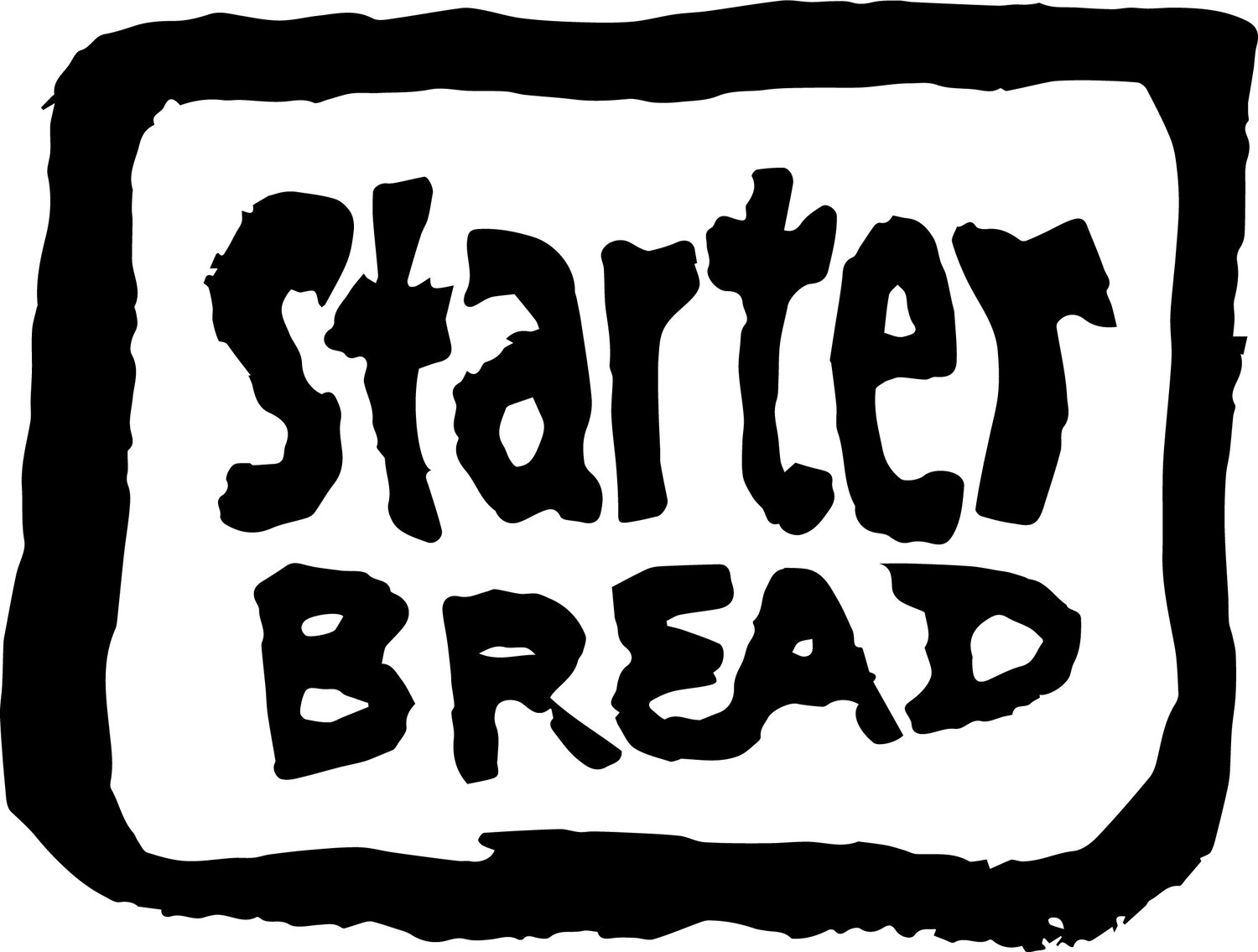Peas, vetch, rye…there are many types of cover crops, each with their own advantages. Cover cropping is a tool for organic farming. In our home garden, we’ve even started to build in cycles of rest with cover crops (namely buckwheat, triticale, and clover). While most crops we grow to eat, cover crops are often not consumed, their purpose being to both protect, and in many cases add to, the soil’s treasure trove of bioavailability. Leaving ground uncovered without anything growing is a no-no. Bare soil in our wet PNW will erode and leach nutrients. Covering the ground with mulch, or a planting helps lock in moisture while preventing erosion.
For growing grains, cover cropping not only builds soil, but also breaks two main pressures that can prevent our crop’s success: grassy weeds and wire worms.
Breaking up grass and other pernicious weeds is a process that takes time under cultivation. One of the greatest assets of a multi-generational farmer might be well-stewarded land with very low weed pressure. Sue Hunton of Camas Country Mill, once joked with me, “We grow wheat and weeds!” Eliminating those grassy weeds is crucial because wheat is planted densely in large stands, which means it can’t be weeded easily without damaging the plot. This is one of the reasons chemically-intensive agriculture and grains have flocked together. It makes sense: spray field, plant wheat and watch it outgrow the weeds. The problem is how much of that herbicide runs off into waterways, and what other sprays do to wildlife and pollinators, let alone if we should eat it at all.
In organic systems, cover crops outgrow the weeds. When we turn the cover crop back into the soil and plant grains, the grains have a better chance. It wouldn’t hurt to cover crop for longer than a single season, moving from say our winter mix into spring buckwheat, and then winter wheat in the fall. Since we already have spring wheat and barley seed, we’ll try our luck with a single season of cover crop, and plant in April.
Wire worms (or click beatles) are nasty pests that can decimate an entire planting of wheat or corn. They live in the soil beneath cereal grasses, and become a real issue in places where wheat is grown over and over, or on land that’s been grassy sod for several years. Conventional grain farmers would choose pesticides as a means of control prior to planting. For us, these worms are a real concern since we’re coming from grassy pasture that’s been dormant for 5 years. Ultimately, long rotations of cover crop between wheat crops is one of the best organic strategies against the pest. This sounds great for us, but doesn’t seem like a serious option for the large ag producers that grow wheat after wheat after wheat for generations. They choose the insecticide, which is only partly effective, and take a decrease in yield. When you’re paying rent on all of the land, it becomes a moral and financial decision to not grow something profitable for a season or two in favor of restoration. There are other considerations too that make it impossible to generalize or idealize one method for success!
It’s been about 2 weeks since I seeded our cover crop mix. Zena and I checked in on the fields, which are all shooting up green sprouts. There are some tufts of grass here and there, but overall the things we want to be succeeding are growing! There isn’t much action to track at this time as the short, cold days really keep growth in check. Fingers crossed for a healthy stand in early spring that we can work into the ground with a bokashi tea from Cuauhtemoc, an indigenous soil fertility expert from the island. Our sweet partner/landlady is getting settled on the new property and hosting the first farm dinner event this week with our friend Risa, a local chef devoted to sultry seasonal eating.
Small sprouts of cover crop across the 4.5 acre farm feel like soft starts and new beginnings. It’s refreshing to be in such a beautiful place, dreaming of what our efforts might teach us tomorrow.





